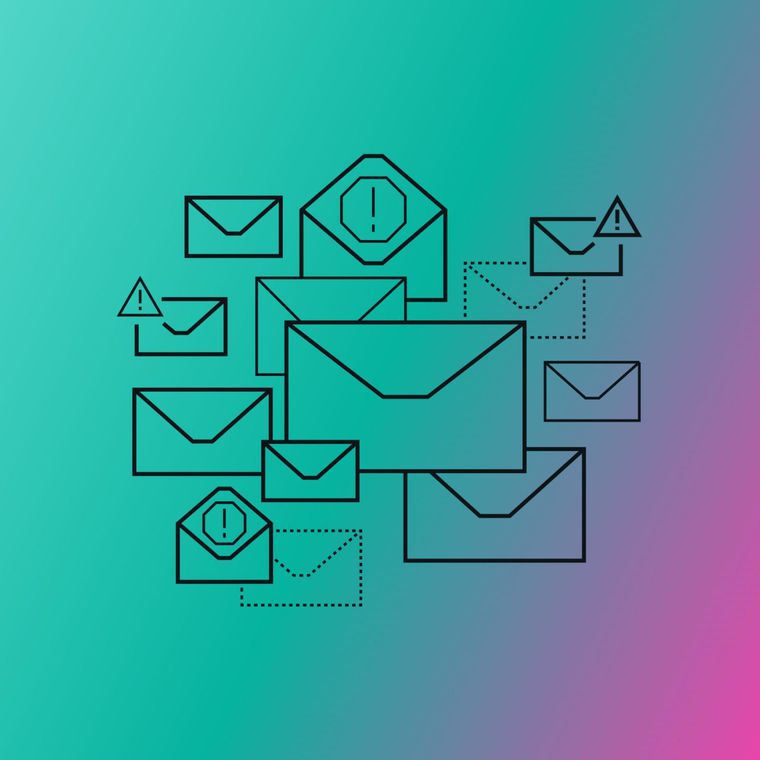When DKIM (DomainKeys Identified Mail) verification fails, the recipient server cannot authenticate the email's signature, indicating potential tampering or spoofing.
Persistent DKIM failures erode domain trust and can create an IP reputation security risk, further reducing deliverability. To mitigate these risks, regular monitoring and proper DKIM setup are essential to maintain trust in email communications, and working with specialized email security services can help ensure your authentication records are configured correctly and continuously monitored.



